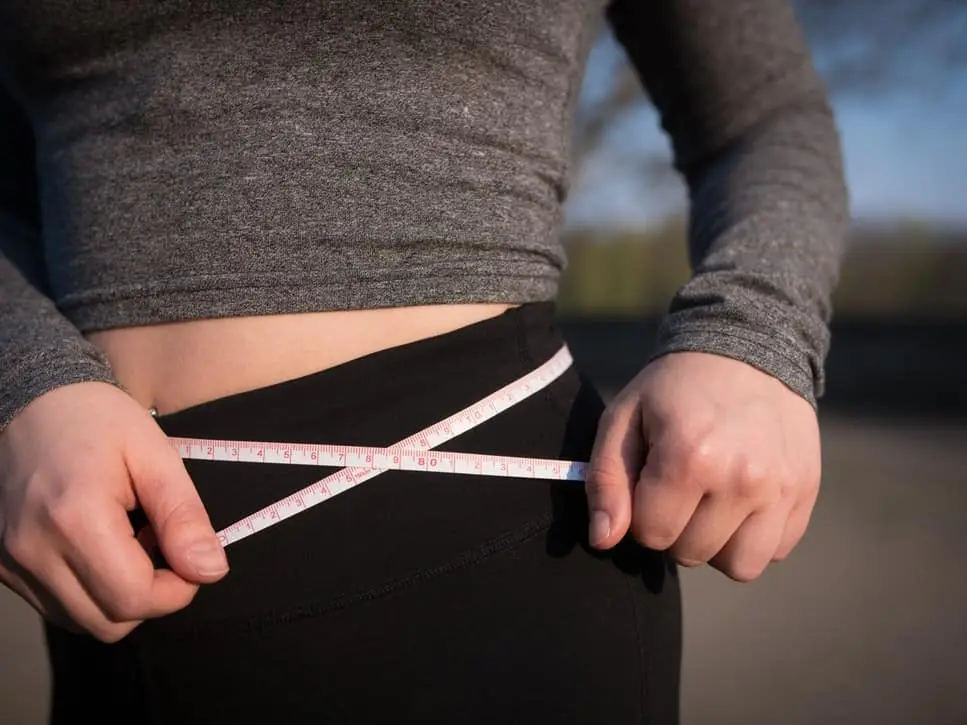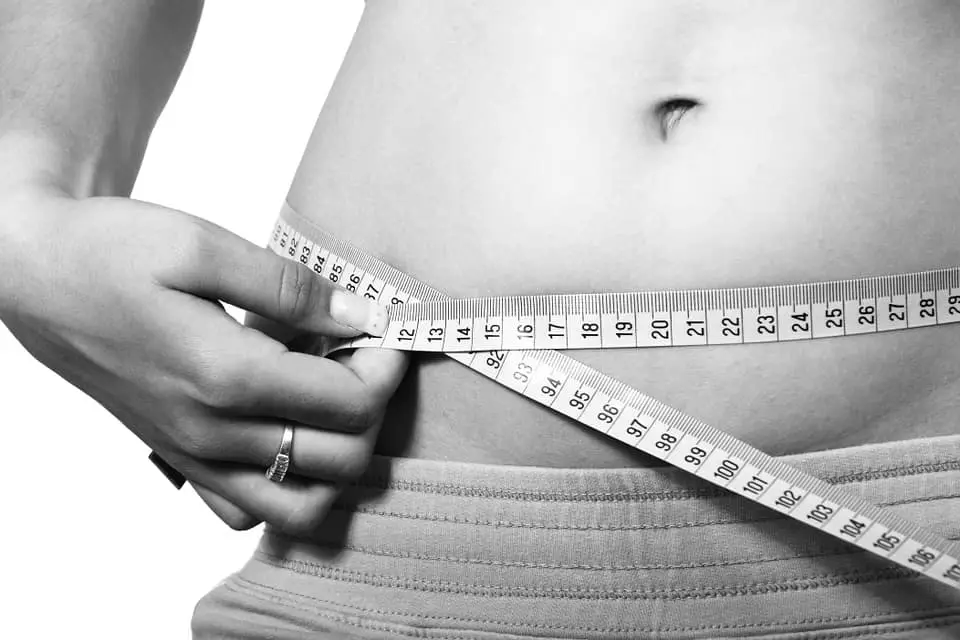After reading about how CoolSculpting works, you might be wondering whether this noninvasive cosmetic procedure causes frostbite. Conventional wisdom may lead you to believe that the cold temperatures needed to freeze and shrink your fat cells may also freeze your skin. And since your skin is your body’s first line of defense against infection-causing bacteria and viruses, you probably want to keep it to healthy. So, does CoolSculpting cause frostbite?
What Is Frostbite?
Frostbite is a medical condition that’s characterized by the freezing of the skin, muscle or other tissue. When tissue is exposed to cool air, blood vessels constrict and become narrower, which is why redness is a hallmark symptom of frostbite. As the temperature continues to drop, tissue begins to freeze. When this occurs, ice crystals form in tissue, causing damage to the membranes of cells — a condition known as frostbite.
Our body’s skin can handle cold temperatures pretty well. But if your skin is exposed to exceptionally cold temperatures, it can lead to frostbite.
Like with burns, there are several degrees of frostbite:
- First-Degree Frostbite: The least-severe form, first-degree frostbite generally manifests as temporary redness and numbness in the extremities, including the ears, toes and fingers.
- Second-Degree Frostbite: When skin is exposed to particularly cold temperatures — and/or over a longer period of time — second-degree frostbite may develop. In second-degree frostbite, red and black blisters form over the affected tissue.
- Third-Degree Frostbite: An even more severe form of frostbite, third-degree frostbite is characterized by the freezing of tissue deep below the surface of the skin. While some people experience a full recovery from third-degree frostbite, others suffer permanent long-lasting cold sensitivity.
- Fourth Degree-Frostbite: The most severe form of frostbite, fourth-degree frostbite occurs when muscles, tendons or bone become frozen.

What Is CoolSculpting?
CoolSculpting is an FDA-approved body contouring procedure that involves the use of cool air to freeze fat tissue under the skin. It uses a vacuum-powered applicator to blow cool air over select areas of your skin. During a CoolSculpting session, an aesthetician will place the applicator over the parts of your body where fat is a problem. The applicator will then perform a create a light suction to draw the skin, as well as the underlying fat, into the hollow interior where it’s exposed to cool air.
CoolSculpting is often compared to liposuction, as both procedures are used to reduce body fat. Liposuction, however, is considered an invasive procedure, whereas CoolSculpting is noninvasive. CoolSculpting doesn’t require any incisions. Rather, it simply uses an applicator to blow cool air over specific areas of your body where you want to shrink and reduce fat.
If you have unwanted fat in one more areas of your body, CoolSculpting may offer a safe and effective solution. Keep in mind that it shouldn’t be used as a substitute for dieting and exercise. If you are overweight or obese, CoolSculpting won’t help you lose weight. If you’re looking to eliminate fat and contour your body, on the other hand, you should check out this increasingly popular fat-reduction procedure. By targeting problematic areas with cool air, CoolSculpting can shrink and even destroy fat cells.
With CoolSculpting, fat cells are exposed to cool air at a temperature that causes cellular death within subcutaneous fat. The applicator forces the temperature-controlled cool air over your skin, which then freezes the underlying fat tissue. You may notice a reduction of body fat in the targeted areas within just a few weeks of having CoolSculpting performed. However, it usually takes at least two months for the fat cells to completely die.
No, CoolSculpting Doesn’t Cause Frostbite
Although it relies on cool air to freeze fat tissue, CoolSculpting doesn’t cause frostbite. The applicator machine used in CoolSculpting contains a highly precise temperature control mechanism. As a result, the aesthetician can raise or lower the temperature to achieve the best results without leaving your skin susceptible to frostbite. If the temperature is too warm to effectively freeze the fat cells, the aesthetician can lower it. If it’s too cold, he or she can raise it.
How is CoolSculpting able to freeze fat cells without causing frostbite to skin or other tissue? Well, the temperature of the cool air created by the applicator is lower than that needed to cause frostbite. Fat cells freeze and die at a temperature that’s lower than the temperature of frostbite. Using an applicator, an aesthetician can target fat cells in your body with temperature-controlled cool air to protect against frostbite.
When you’re outside, it usually takes 15 to 30 minutes of exposure to a temperature (without windchill) of 18 degrees Fahrenheit or cooler to cause frostbite. CoolSculpting uses slighter higher temperatures to protect against frostbite. The air created by the applicator is cold enough to freeze fat cells, but it’s not cold enough to cause frostbite. This means you can rest assured knowing that you won’t sustain frostbite during a CoolSculpting procedure.
Will My Skin Feel Cold After CoolSculpting?
You won’t develop frostbite from CoolSculpting, but your skin may feel cold both during and shortly after the procedure. When the applicator is placed on your skin, you’ll feel pressure as your skin is vacuumed into the hollow interior. At the same time, the suctioned skin will feel cold from the cool air passing over it.
The area of your skin suctioned into the applicator will feel intensely cold. After all, this is the basis on which CoolSculpting works. Of course, the cold sensation associated with CoolSculpting is only temporary, so don’t confuse it with frostbite. After having the procedure performed, the sensation will gradually fade without any lasting effects (other than reduced body fat).
The bottom line is that your skin will feel cold during and shortly after CoolSculpting, but this doesn’t mean it causes frostbite. Your skin and other tissue won’t freeze, nor will they develop ice crystals. Only the fat cells in the targeted areas of your body will freeze. In turn, CoolSculpting won’t cause frostbite since it only freezes fat cells and not your skin or other tissue.

How to Prevent Frostbite With CoolSculpting
If you have CoolSculpting performed by a qualified aesthetician, you won’t have to worry about frostbite. Unfortunately, some people have taken the DIY route with this fat-reduction technique. CoolSculpting is a branded procedure, so only licensed and affiliated aestheticians can perform it, but DIY cryolipolysis isn’t unheard of. And without the expertise and training of a licensed aesthetician, there is a risk of frostbite with DIY cryolipolysis.
Therefore, you should avoid DIY cryolipolysis and, instead, schedule a real CoolSculpting procedure with an actual aesthetician. Not only will this protect you from frostbite; it also ensures you get the best results possible from this increasingly popular fat-reduction procedure.
In Conclusion
Millions of people from across the world suffer from frostbite each year. However, none of these cases are attributed to CoolSculpting. When performed by a licensed aesthetician, it’s a safe and effective procedure for the reduction of body fat. It uses cool air to freeze fat tissue without placing your skin or other tissue at risk for frostbite. The targeted fat cells will freeze and die, but your skin will remain healthy.
Click here to learn more about CoolSculpting Elite At Radiance or Request a free consultation today!









